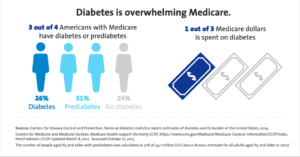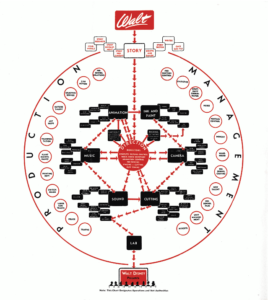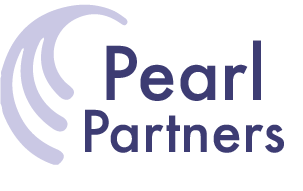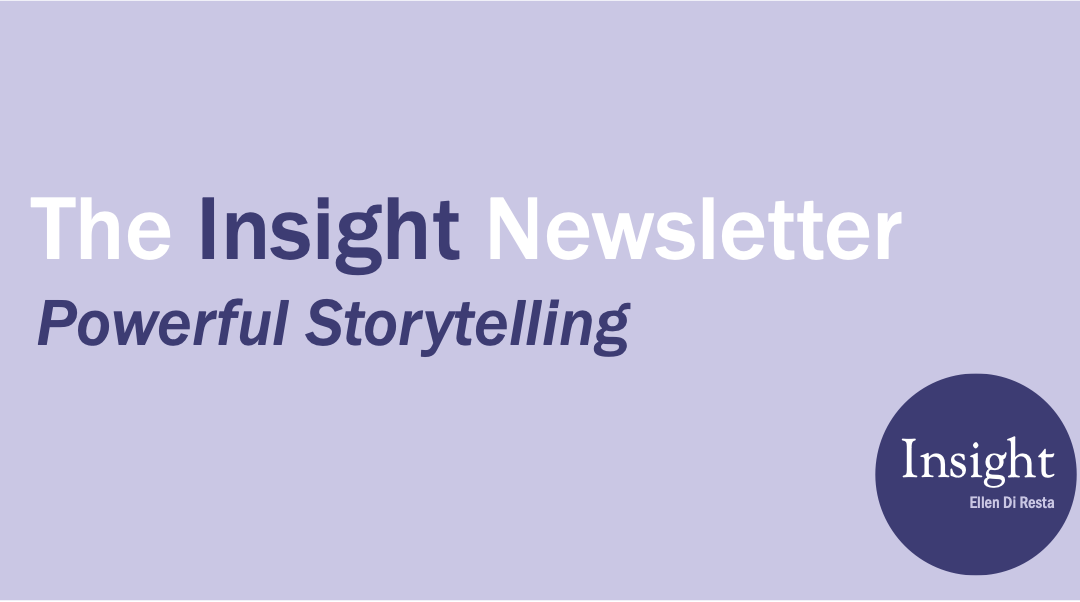Have you ever read the book Animal Farm? For many people it was assigned reading in secondary school or college. It provided a good example of how stories can be used to reveal a hidden meaning, or to deliver tacit social, political, or emotional messages. Good stories are memorable, easy to share, and they make people think, feel or take an action.
Among my clients, I’ve seen leaders use stories very effectively to be more relatable to their employees. If you ask an employee to describe their company culture, you’re much more likely to hear a story that “says it all” than to hear a recitation of a corporate mission statement.
Similarly, marketers are masters at using stories to create strong customer connections, as evidenced by advertising messages that go viral. However, as a communication tool for operational business purposes, the use of stories is much less prevalent.
In my last post I talked about the importance of tacit knowledge, and how the ability to use it effectively in business is a uniquely human skill. Stories are an indispensable tool to communicate tacit knowledge. They channel multiple layers of meaning and transform our empathy into memorable, sharable guides for action.
A powerful story transforms tacit knowledge into a tangible guide for action.
A story can become an effective guide in business because its message about the desired outcome does not change over time, yet it allows for multiple ways to achieve a goal. This is particularly useful when working with processes that need to accommodate multiple approaches as the project progresses. Multidisciplinary teams can achieve alignment toward the goal, without constraining their work.
Clay Christensen’s “Jobs to Be Done” model, for example, describes how successful products are ‘hired’ by the customer to perform functional, social, and emotional ‘jobs.’ When I work with clients, I very often see widespread use of functional jobs that their products will perform.
Functional jobs are usually defined via bullet point lists of benefits, and product specification sheets. The social and emotional jobs are often ignored. This is a problem because social and emotional jobs define the customer’s motivation, experience, and behavior. These are more effectively communicated with a story than with a bullet-point list or spec sheet.
Most of my work with clients involves developing insight from overlooked tacit knowledge, transforming it into social and emotional ‘jobs’ that will be valued by the customer, and integrating these jobs with the existing functional jobs. This level of integration and organizational alignment would be impossible without the use of storytelling tools.
Products, services, and technologies should serve people, and not the other way around. Stories are the best, most human way to keep us focused on serving people.
Not limited to written or spoken formats, stories can take many forms, and they should fit the context of the situation they are depicting. Below is an example of a visual story by Randy Krum of InfoNewt for the Diabetes Advocacy Alliance. It communicates the impact diabetes has on the American Medicare system. It serves as a call to action to prioritize the severity of the problem, to increase receptivity to the suggested solutions that follow.

Image Source: InfoNewt
A final note – we know that we can see what a company cares about by observing the focus of senior leadership. This organizational chart for The Walt Disney Company in 1943 clearly shows the importance of starting with the story to align operational activity. While some would dismiss this example because Disney is in the entertainment business, I would argue that it’s just an example of using stories to ensure that products serve people, and not the other way around.

How have you used stories in your work? Have you seen good examples of their use (or misuse)?
Subscribe to this newsletter if you’re interested in the multiple facets of insight, and how we can use it to be more effective.

